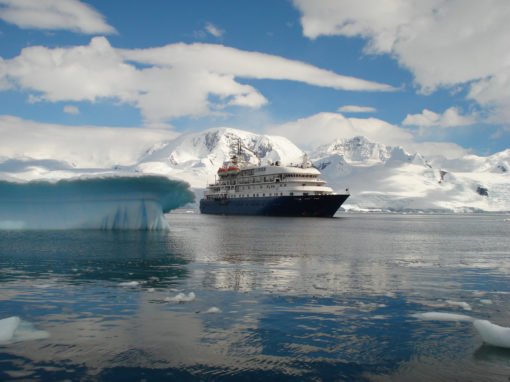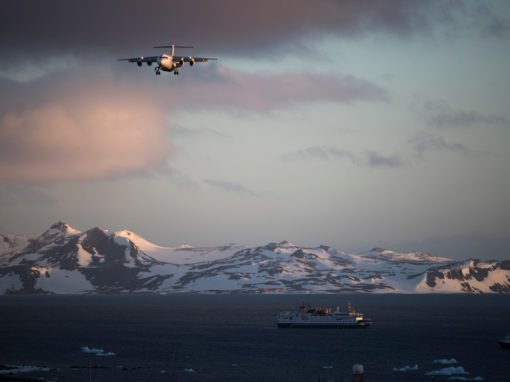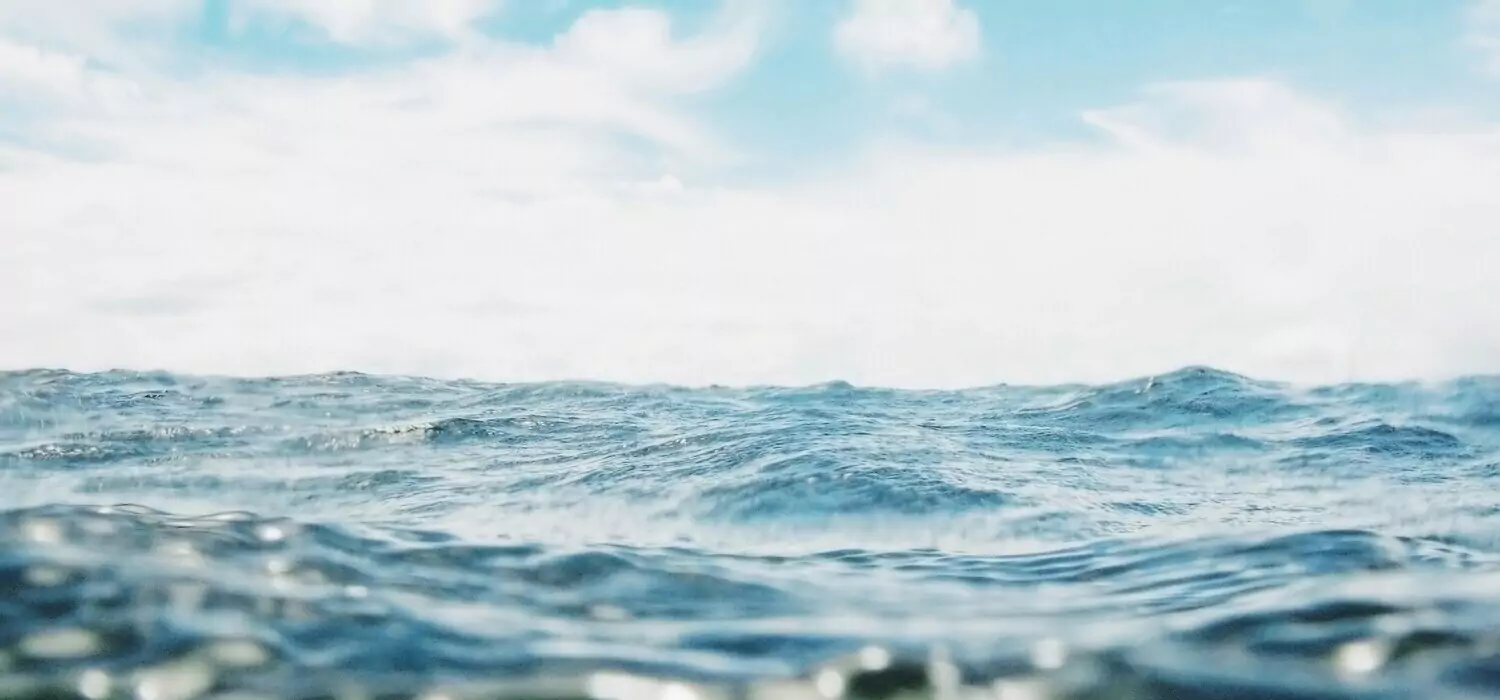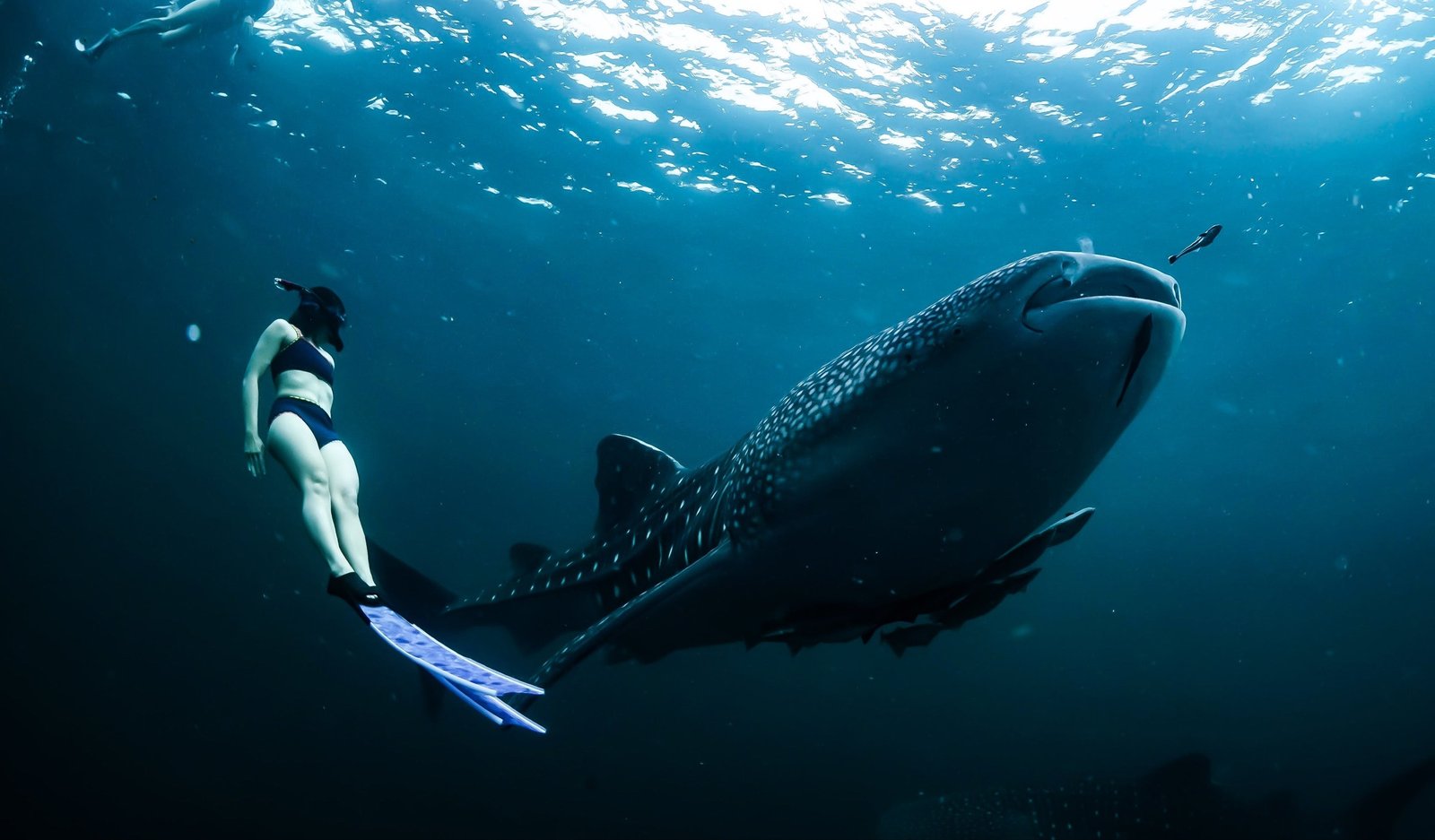LANDED’S Guide To Choosing The Best Option For Your Luxury Cruise
Thinking about heading off for adventure in the icy waters of Antarctica? A cruise is one of the very best ways to experience the extreme environment of the Antarctic, but with so many to choose from, how do you know which option is the right one for the vacation YOU want to have?
Using our expertise and traveling knowledge, we’ve put together a guide to help you decide which cruise can give you the best balance of luxurious comfort and thrilling adventure.
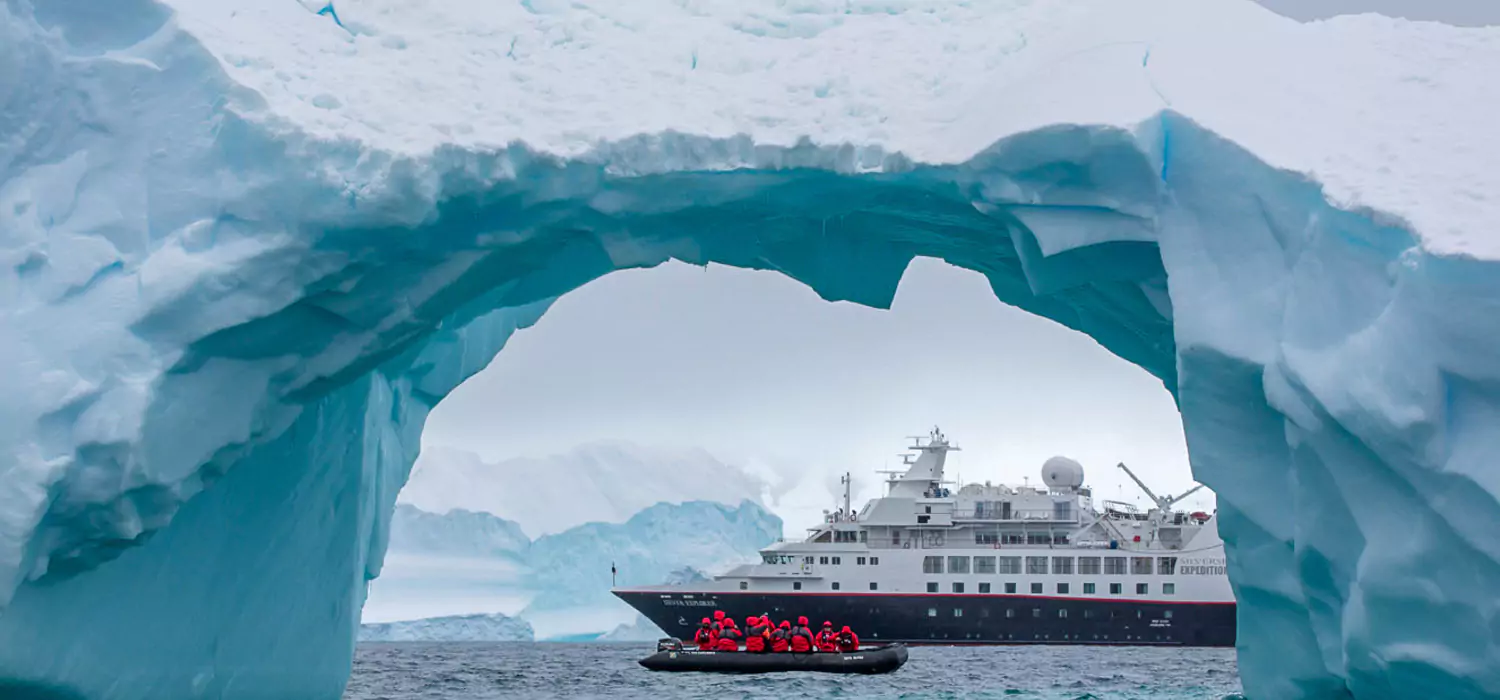
Expedition or Luxury?
There are two kinds of cruises that travelers can take to Antarctica: expedition cruises and luxury cruises. Depending on the kind of vacation you want to have, you’ll want to see which cruises offer which service. Here’s what you can expect from each:
Know The Kind Of Boat You’re Boarding
Antarctica cruises, both expedition and luxury, have four key traits across the board: size, ice rating, comfort, and power. When you’re looking for a cruise, be sure to look into the ratings of each of these traits so you know the kind of cruise you’re boarding. An ice rating that’s low means less chance of going on expeditions, but it could make up for that in comfort, for example.
Here’s what each of the ratings mean:
- Size – The mass of an Antarctica cruise ship influences its stability in rough seas. That said, ships with more than 130 passengers may offer consecutive visits at landing sites, which likely means less time on land for cruise passengers.
- Comfort – Several factors affect the comfort of an Antarctica cruise vessel, including the size, variety, and quality of common areas and cabins, as well as extras like bed and bedding quality and meal quality.
- Power – Faster, more powerful ships may be able to cross the Drake Passage more quickly. Faster ships can cover more territory and can be used to design cruise plans with a more diverse collection of landing sites. More powerful ships can push through Antarctic sea ice.
- Ice Rating – The ability of a ship to get through the floating ice in the ocean around Antarctica. Ships with a high rating can brave Antarctic waters that are inaccessible to ships with lower ice ratings. Some of our favorite locations (e.g. the northern portion of the Weddell Sea near the Antarctic Peninsula, and the Lemaire Channel) are often full of floating ice. Antarctic ships are ice-rated; they are evaluated based on hull design, strength, and the type of waters they can navigate.
Ice ratings follow these tiers, with the First Tier being the most capable of navigating through ice and Fourth Tier being the least capable:
1A / IA / L1 – First Tier
1B / IB / L2 – Second Tier
1C / IC / L3 – Third Tier
1D / ID / L4 – Fourth Tier
Beyond these aspects, there are also a number of other important characteristics that should also be evaluated. For example, the layout of the Zodiac loading (stern loading, two side gangways, one side gangway) can affect the speed of embarkation / disembarkation, and ultimately, how much time you spend on land observing wildlife and exploring.
By looking at these aspects, you’ll have a good idea of what your cruise will look like before you embark.

Other Factors To Consider
When traveling to Antarctica, you’ll want to keep every aspect of your cruise in mind. While doing your research into which cruise to book, consider these aspects in addition to the ones mentioned above:
The Crew
This is not a place you’d want to travel with just anyone. In addition to careful selection of your cruise ship and cruise itinerary, you should evaluate the cruise company and the expedition team they assemble.
Top Antarctic expedition teams and ship crews often have members who have traveled to Antarctica more than 100 times, including:
Antarctic Expedition Leader: The Expedition Leader heads the expedition team and serves as the primary liaison between crew and passengers. The Expedition Leader’s primary job is to keep you safe, adjusting the itinerary as needed.
Antarctic Adventure Experts: The other members of the expedition team usually have specific Antarctic expertise. Many have advanced degrees in geology, history, glaciology, biology, and meteorology. Others will have a wealth of experience in outdoor adventure: trekking, kayaking, mountaineering, diving, or ice climbing.
Zodiac Pilots and Safety Experts: Some cruise operators provide additional training and certification for their expedition teams, including zodiac piloting, fire suppression, first aid, crowd control, and other safety training.
Experienced teams—especially those who have worked together for several seasons—can anticipate changes and react with agility, selecting alternate sites with a higher probability of success. They can stow landing equipment and Zodiacs quickly, allowing the ship to reposition to a new, approved location with minimal time loss.
Who you travel with—the expedition team, the ship’s crew, and the cruise operator—is as important as the choice of Antarctic cruise ship, cabin, and cruise itinerary.

The Cabin
There’s more than the price to consider when it comes to choosing your cabin. A larger one can feel like a spacious treat, especially on an expedition cruise. As polar cruising involves a lot of gear, storage space is very valuable. You’ll also want to consider the experience you want when choosing where on the ship your cabin is. A top-floor cabin will have spectacular views, but it can move quite a lot with the waves—not ideal if you suffer from seasickness. Meanwhile, a lower deck cabin is often cheaper, but you won’t see much through a porthole—especially if they end up closed for safety.
And don’t forget the amenities. While most cruise ships have wifi, you may miss out on amenities like panoramic windows, private balconies, mini-bars, and other creature comforts you may have had on other cruises if you don’t do your research.

Itinerary
When looking into traveling to Antarctica, choosing the right itinerary will make a big difference. Are you up for the 50-hour cruise through the Drake Passage, or should you consider a flight instead? Most Antarctic Peninsula cruises depart and return to Ushuaia, Argentina, navigating the Beagle Channel and crossing the Drake Passage. Air cruises depart from Punta Arenas, Chile, allowing travelers to fly over the Drake Passage, bypassing up to 50 hours of potentially rough sailing. These flights take approximately two hours.
Once in the Antarctic, board a cruise ship for sailing in the calmer, protected waters between the South Shetland Islands and the Antarctic Peninsula. Some programs offer flights in both directions. Other itineraries have a flight in one direction and a ship crossing of the Drake Passage in the opposite direction—usually on the return.
Longer Antarctic cruises—usually two to three weeks—visit the wildlife-rich Falkland Islands and South Georgia Island prior to exploring the Antarctic Peninsula and South Shetland Islands.
Our Favorite Cruises
Don’t Be Afraid To Ask For Help
With so many options and aspects to consider, it’s easy to get lost in all the information you need to sift through. So make it easy on yourself and call in the travel experts.
LANDED has direct connections to over 20 ships in Antarctica, and we know the itineraries and qualities of each one. Get in touch with us today, and we’ll help you book the perfect Antarctica adventure for your needs, with all the luxuries you need for a vacation you’ll fully enjoy.



